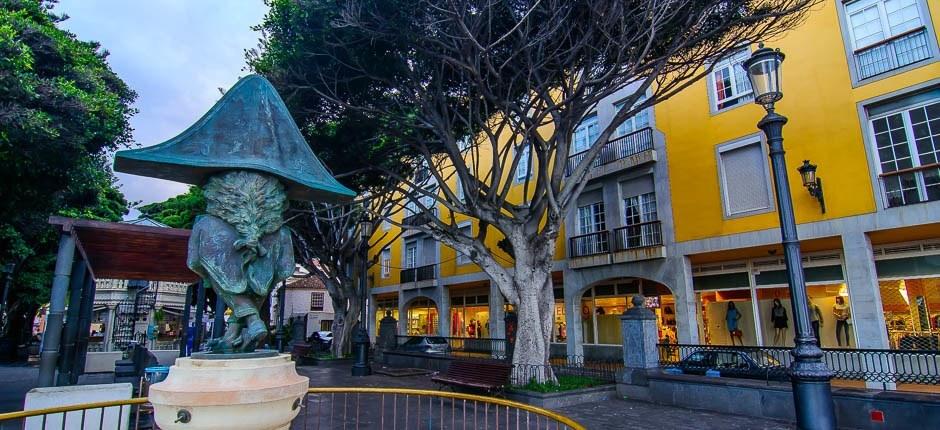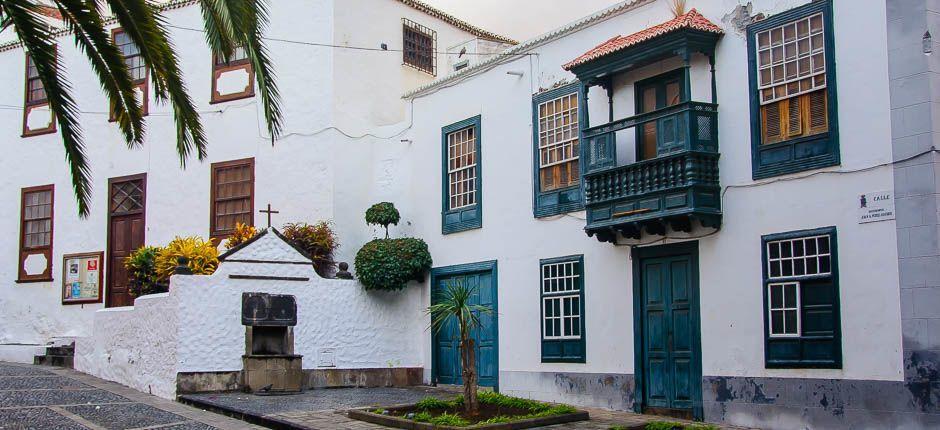Localidad
Santa Cruz de La Palma
Downloadable files selection
Archivos
Imagen Archivo

Título Fichero
La Palma, la Isla Bonita
pdf
Imagen Archivo

Título Fichero
Plano de Santa Cruz de La Palma
pdf
Imágenes
Imagen

Imagen


Imagen

Imagen


Imagen

Imagen


Imagen

Imagen


Imagen

Imagen


Imagen

Imagen


Imagen

Imagen


Imagen

Imagen


Imagen

Imagen


Imagen

Imagen


Imagen

Imagen


Imagen

Imagen


Imagen

Imagen


Imagen

Imagen


Imagen

Imagen


Imagen

Imagen


Imagen

Imagen


Imagen

Imagen


Imagen

Imagen


Sustainability
Sostenibilidad
- Never leave waste of any type lying around, including cigarette butts. Leftover food leads to a proliferation of rats and wild cats, which pose a serious threat to the fauna.
- Do not throw any waste or other objects into the sea.
- Respect the animals. Do not bother them or feed them. If you see an injured specimen, you can call the emergency number: 112. Do not pick flowers or plants.
- Do not pick up or take away stones or any other item from the natural environment. And do not move them to pile them up into sadly famous 'towers'.
- Respect and look after the area's historic and cultural heritage, along with the different items of public furniture (information panels, railings, seats, lighting, etc.).



